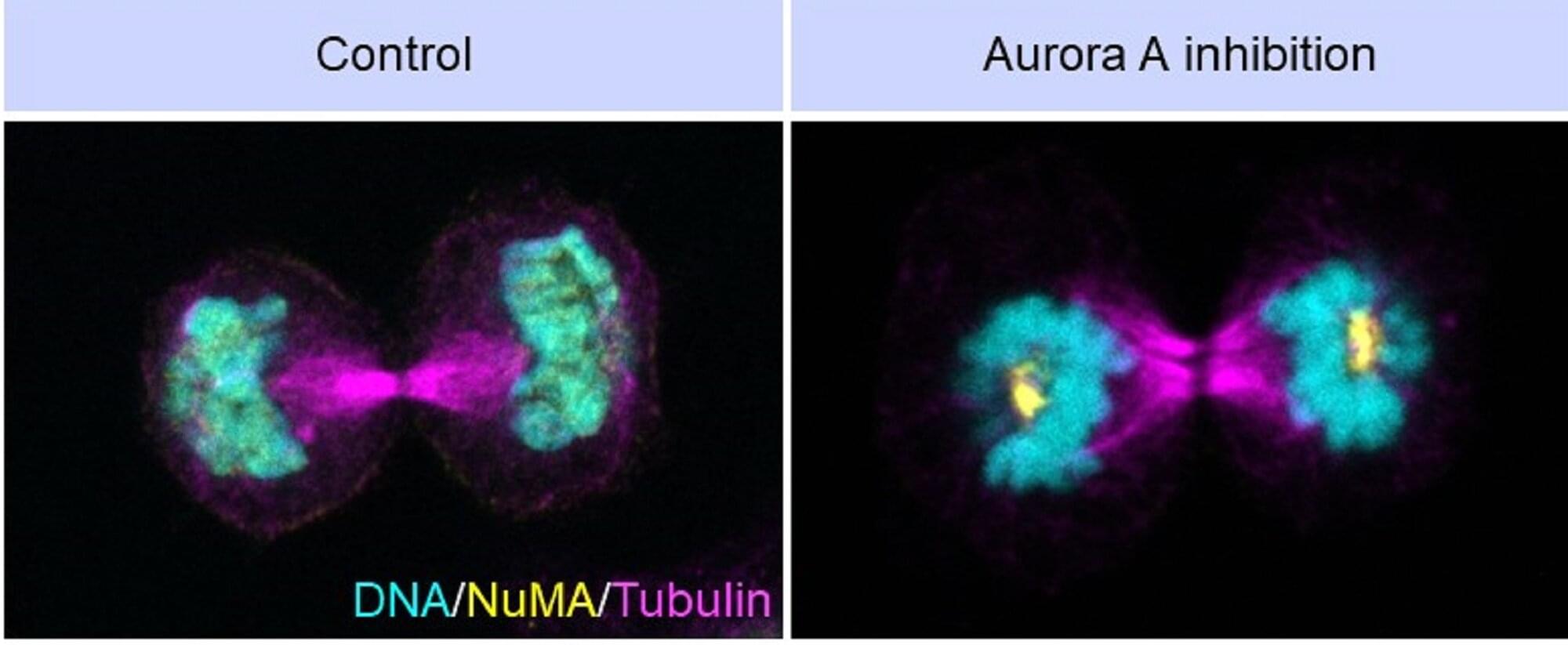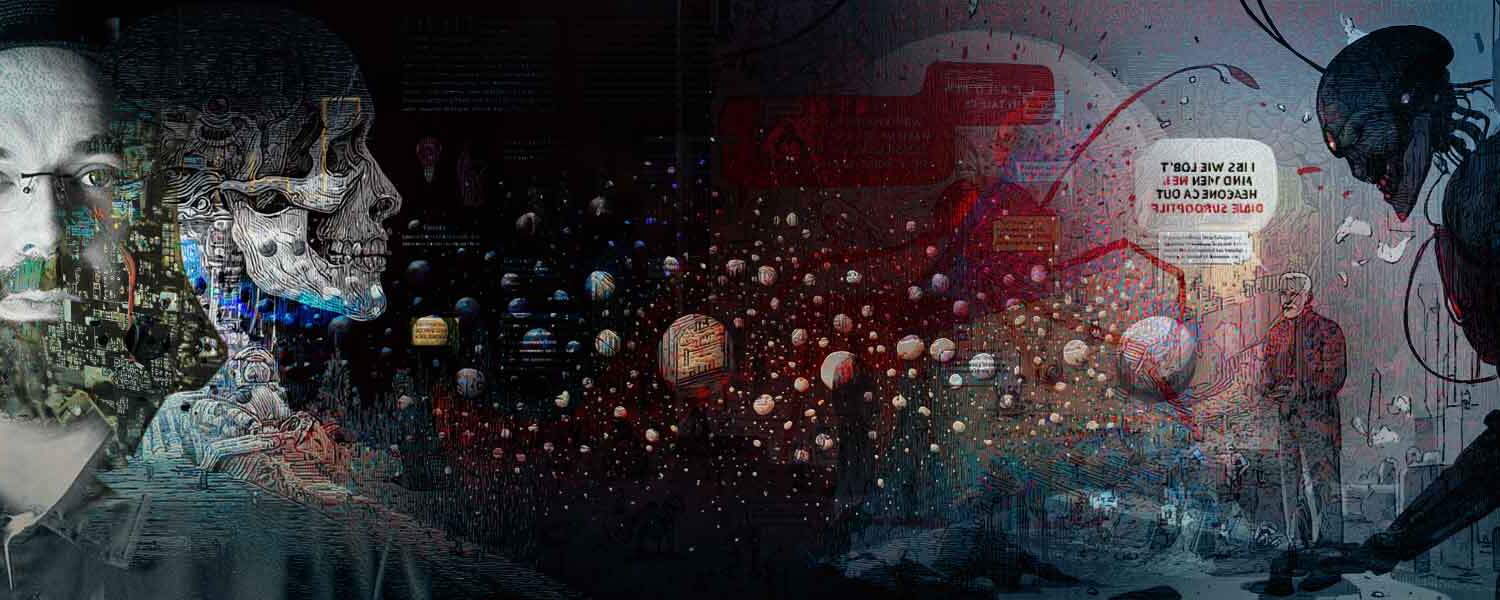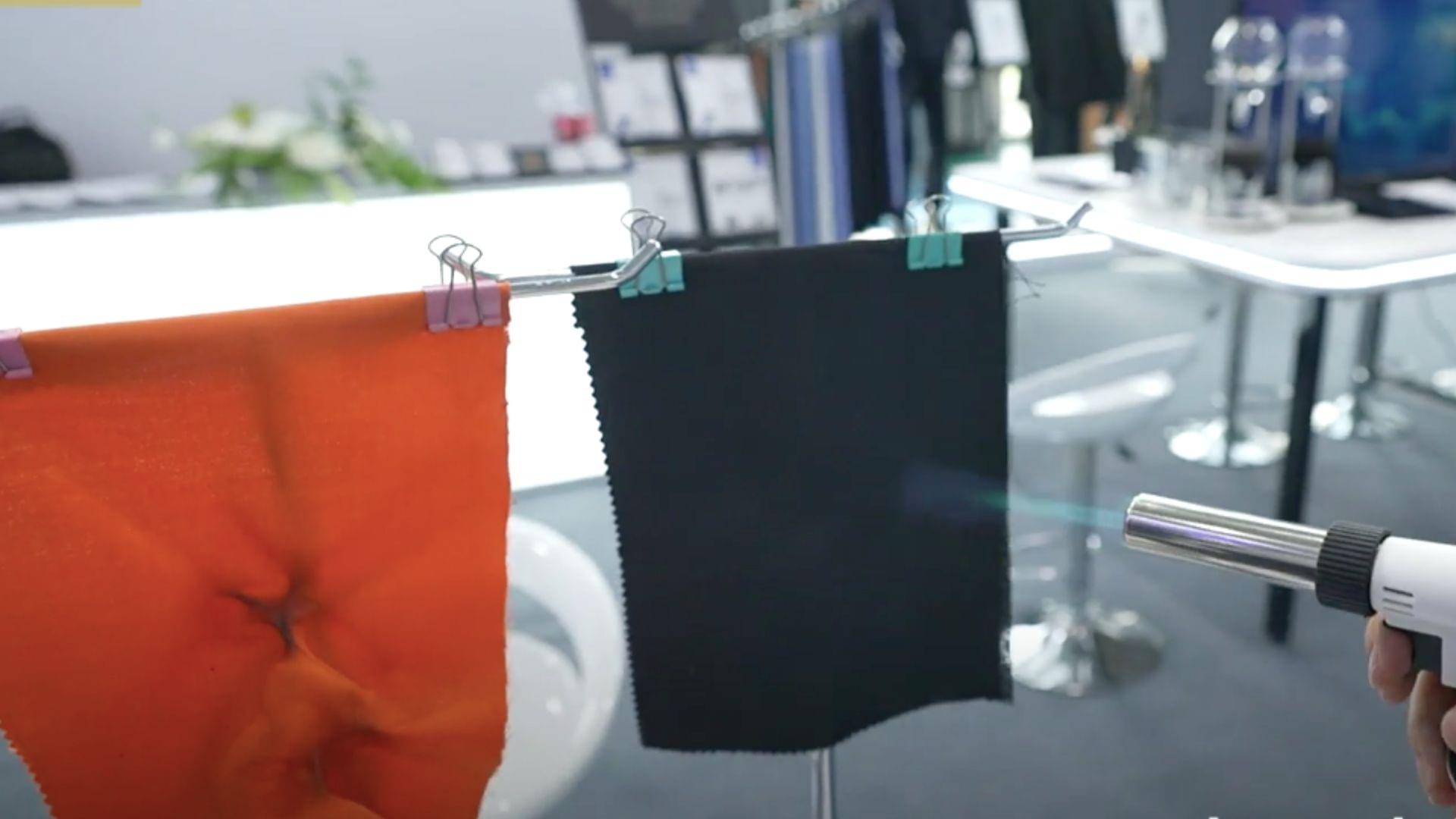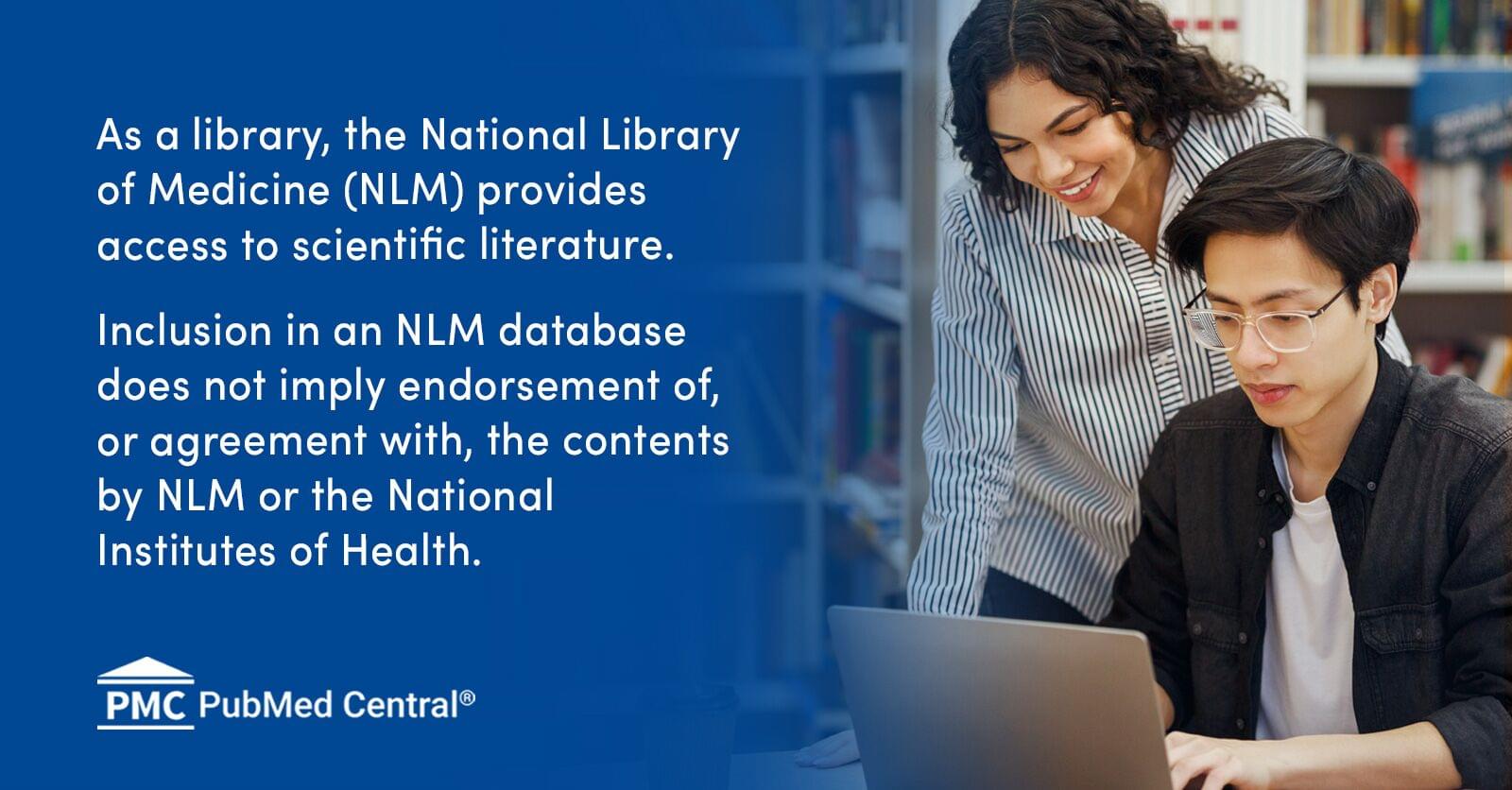Every time a eukaryotic cell divides, it faces a monumental challenge: It must carefully duplicate and divide its genetic material (chromosomes) equally, and then rebuild the nuclear envelope around the separated halves. If this process goes wrong, the resulting nuclei can be misshapen or disorganized—features often seen in cancer and aging-related diseases.
A new study from researchers at the Indian Institute of Science (IISc) and Université Paris-Saclay reveals how a key enzyme called Aurora A helps cells pull off this feat. The findings are published in The EMBO Journal.
In dividing cells, structures called spindle poles (or centrosomes) grow in size to generate the microtubule ‘tracks’ that pull chromosomes apart. Once this job is done, the spindle poles must shrink and disassemble so that the nuclear envelope can reform around the separated chromosomes.









